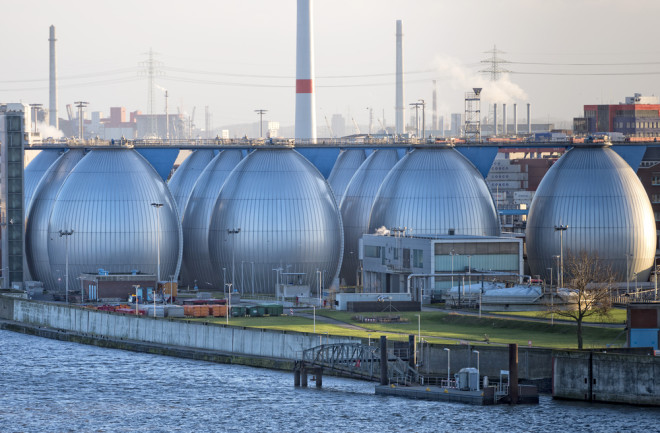In places like San Diego and Dubai, where freshwater is scarce, humans turn to machines that pull the salt out of seawater, transforming it into clean drinking water.
This process, called desalination, has been turning sea and brackish groundwater into potable water since the mid-20th century. The technology could become increasingly important in the near future, as the rising temperatures and erratic rain patterns of climate change threaten freshwater supplies. Cities with growing populations and arid climates face the possibility of running out of water, as Cape Town almost did in early 2018. But desalination is also costly and energy intensive. Many researchers are working to improve the technology so it can reach more people — and address climate change without contributing to it.

